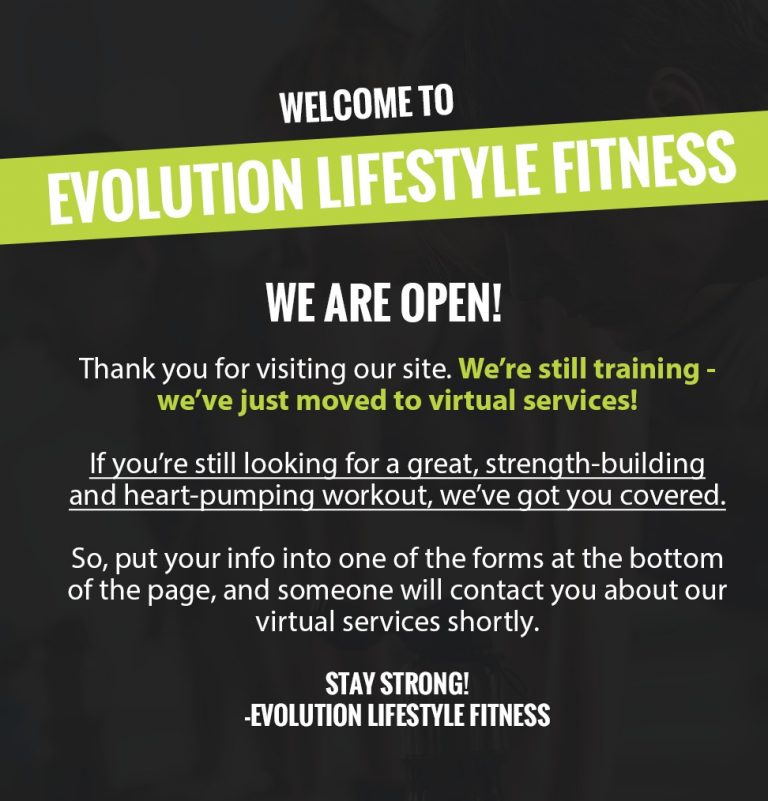How To Get Your Kids To Exercise
 If you’re working on making yourself healthier with exercise and diet, you probably want to help your children get into healthy habits, too. One way to get your kids to exercise is to give them a good example. It doesn’t mean you have to workout together, although that actually can be fun. It can mean providing opportunities for more active play. Prying children away from video games can be a task. It may be well worth it for their future mental health.
If you’re working on making yourself healthier with exercise and diet, you probably want to help your children get into healthy habits, too. One way to get your kids to exercise is to give them a good example. It doesn’t mean you have to workout together, although that actually can be fun. It can mean providing opportunities for more active play. Prying children away from video games can be a task. It may be well worth it for their future mental health.
Recent studies now show that too much computer, tablet or cell phone time may actually be unhealthy.
The first thing I suggest to parents is that they change their child’s phone from one that has all the bells and whistles, including games, to one that just phones and texts. They cost about ten dollars and based on recent studies, may be the healthiest thing you can do for your child. There’s more and more growing concern over screen time spent and the effects on children. In fact, the American Academy of Pediatrics suggest less than an hour or two a day of any type electronic screen media. Part of the concern is the sedentary lifestyle it develops. There’s also evidence it affects the child’s sleep and potentially could lead to increasing the risk of depression.
Be more than just a role model, be a leader.
When you go to the gym and workout, your children know you’re doing it for your health and fitness, but it doesn’t really make a difference unless you show how that makes you more fun! You can be a leader by planning family activities, like hiking and bicycling. When you’re giving a gift, make it one that promotes an active lifestyle, like roller blades or hoop and basketball. Then, do those things together to create family fun, traditions and memories.
Increase activity by changing habits.
If you drive your kids to school every day, why not walk that distance with them? Lots of times parents take longer driving the few blocks to school and waiting in the drop off line with other parents, wasting gas in the process of that wait. (Valium) Enjoy a walk in the park with a preschooler or even a walk down your street, identifying birds and flowers along the way. Don’t circle the lot at a grocery. Grab the first parking place and walk a bit. Take the stairs rather than the elevator. Both you and your children will benefit from these changes.
- Make household tasks a way to boost activity level. Do chores together to music and dance as you dust and sweep. Turn chores into a game of speed. Even outside activities can be more fun. After raking, jump in the leaf pile together.
- Use trips as motivation. If you’re planning on a trip to Disneyworld or other theme park, it means a lot of walking. Start a month ahead to help your kids get in shape. Enjoying the trip to the maximum is a huge motivation.
- Make weekend activities active. Walking through a nature preserve, hiking and even sightseeing in a near by city keeps your kids walking and active. Pack a healthy lunch to add to the benefits.
- Give your child the responsibility of exercising pets. While gold fish and turtles may not need to take a walk or have playtime, it helps protect the health of dogs and cats, while increasing the amount of exercise your kids and your whole family gets.


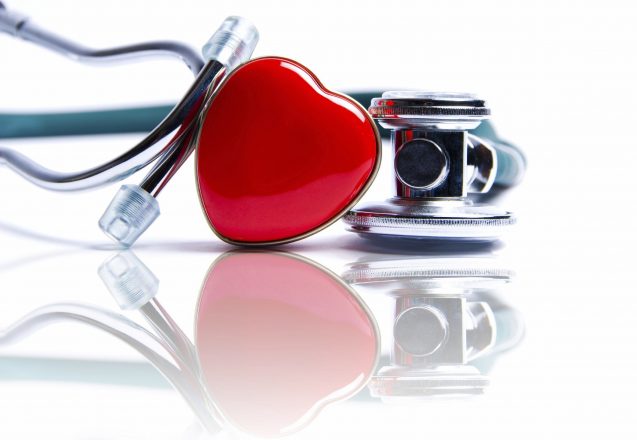
 Do you want to boost your heart health? A lot of clients in Raleigh, NC come to me want to do that. They want lower blood pressure and more endurance without being tied to a list of prescriptions that cost a fortune and often have side effects. While diet and exercise won’t solve all problems and does need to be cleared by your health care professional, it can help most people to improve their numbers, whether it’s blood pressure or cholesterol levels. Most people who check with their physician find that the health care provider is delighted with the choice.
Do you want to boost your heart health? A lot of clients in Raleigh, NC come to me want to do that. They want lower blood pressure and more endurance without being tied to a list of prescriptions that cost a fortune and often have side effects. While diet and exercise won’t solve all problems and does need to be cleared by your health care professional, it can help most people to improve their numbers, whether it’s blood pressure or cholesterol levels. Most people who check with their physician find that the health care provider is delighted with the choice.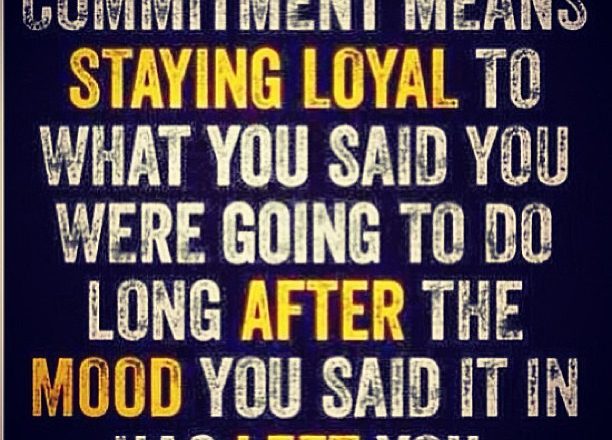
 You have to stay consistent and workout regularly to reach your goal. Getting fit isn’t a matter of how long you workout, but doing it consistently over time. You can’t workout for three hours one day and skip the rest of the week. You have to break that time down throughout the week working out approximately 45 minutes every other day. That gives your muscles a chance to heal and make the changes that you’re hoping to achieve. Fitness is marathon not a sprint.
You have to stay consistent and workout regularly to reach your goal. Getting fit isn’t a matter of how long you workout, but doing it consistently over time. You can’t workout for three hours one day and skip the rest of the week. You have to break that time down throughout the week working out approximately 45 minutes every other day. That gives your muscles a chance to heal and make the changes that you’re hoping to achieve. Fitness is marathon not a sprint.
 Getting fit doesn’t happen overnight. It takes a long time. It requires you actually change years of negative habits and replace them with healthier ones. Because it isn’t something you do once and walk away, it means you have to stay motivated not only until you achieve your results, but also until you make it a habit so you achieve your goals permanently. While trainers can help you stay motivated, ultimately, it’s all up to you.
Getting fit doesn’t happen overnight. It takes a long time. It requires you actually change years of negative habits and replace them with healthier ones. Because it isn’t something you do once and walk away, it means you have to stay motivated not only until you achieve your results, but also until you make it a habit so you achieve your goals permanently. While trainers can help you stay motivated, ultimately, it’s all up to you.
 Not every trainer is a match for every person and not all trainers are equal when it comes to knowledge of both fitness and motivation. Finding the right trainer in Raleigh, NC is important to your progress. While I believe my background speaks for itself and my years of studies into what works and gets the quickest results, you have to determine what works best for you. Here are some things that I believe are important and should be part of your fitness program. Use this information to help you find a trainer.
Not every trainer is a match for every person and not all trainers are equal when it comes to knowledge of both fitness and motivation. Finding the right trainer in Raleigh, NC is important to your progress. While I believe my background speaks for itself and my years of studies into what works and gets the quickest results, you have to determine what works best for you. Here are some things that I believe are important and should be part of your fitness program. Use this information to help you find a trainer.
 If you’re like most people, when you think of hormones, you normally think of sex hormones like testosterone or estrogen. There are so many different hormones that affect the body and have an effect on your health. Hormones are just messengers that deliver instructions to the body’s cells. For instance, the hormone ghrelin tells your body it’s hungry, while the hormone leptin brings the message that it’s full. Hormones keep your body working properly when they’re functioning normally. They affect all processes, including heart rate and body temperature.
If you’re like most people, when you think of hormones, you normally think of sex hormones like testosterone or estrogen. There are so many different hormones that affect the body and have an effect on your health. Hormones are just messengers that deliver instructions to the body’s cells. For instance, the hormone ghrelin tells your body it’s hungry, while the hormone leptin brings the message that it’s full. Hormones keep your body working properly when they’re functioning normally. They affect all processes, including heart rate and body temperature.
 There’s a lot of reasons to workout. Of course, losing weight is often at the top of the list, just as building more energy and looking great. However, avoiding injury is also a reason. When you aren’t fit, sometimes simple tasks can cause injury. Turning the wrong way, lifting a child or simply trying to avoid a fall can cause an injury that causes pain, spasms and puts you on the couch for weeks. To avoid those problems, functional fitness workouts help. They develop synergy throughout the body.
There’s a lot of reasons to workout. Of course, losing weight is often at the top of the list, just as building more energy and looking great. However, avoiding injury is also a reason. When you aren’t fit, sometimes simple tasks can cause injury. Turning the wrong way, lifting a child or simply trying to avoid a fall can cause an injury that causes pain, spasms and puts you on the couch for weeks. To avoid those problems, functional fitness workouts help. They develop synergy throughout the body.
 Some of my clients in Raleigh find that they’re overweight because of a hormone imbalance. It may seem like your body is fighting you, but the truth is, you have a potential to turn it around and take control. You notice that I said you have a potential to turn it around. That’s because you may not be able to control all factors, but you can control many of them. It’s especially difficult for women going through menopause where hormone levels are consistently changing. You also might be quite surprised at the hormones that are probably giving you the biggest problems.
Some of my clients in Raleigh find that they’re overweight because of a hormone imbalance. It may seem like your body is fighting you, but the truth is, you have a potential to turn it around and take control. You notice that I said you have a potential to turn it around. That’s because you may not be able to control all factors, but you can control many of them. It’s especially difficult for women going through menopause where hormone levels are consistently changing. You also might be quite surprised at the hormones that are probably giving you the biggest problems.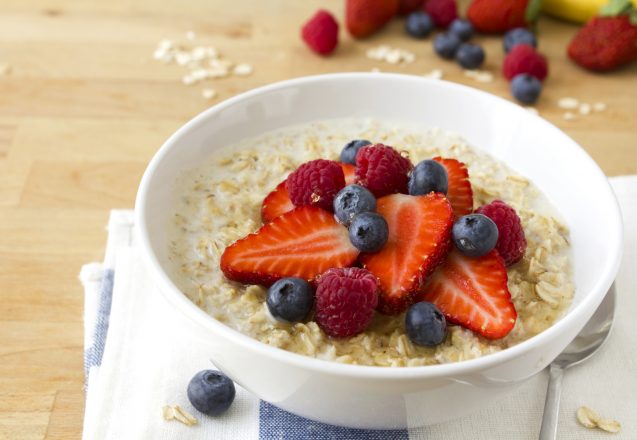
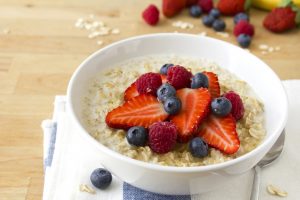 If you feel bloated, yet can’t go, fiber has always been the go to nutrient to get you going. However, fiber does many other things for the body, too. There are two types of fiber. The first is soluble fiber. It dissolves when mixed with water and creates a gel material that helps lower cholesterol and blood sugar levels. Insoluble fiber isn’t digested. It increases bulk and helps with constipation.
If you feel bloated, yet can’t go, fiber has always been the go to nutrient to get you going. However, fiber does many other things for the body, too. There are two types of fiber. The first is soluble fiber. It dissolves when mixed with water and creates a gel material that helps lower cholesterol and blood sugar levels. Insoluble fiber isn’t digested. It increases bulk and helps with constipation.
 You probably already know that fat is healthy, but it also is higher in calories per gram compared to carbohydrates and protein. One gram of protein contains four calories, just as one gram of carbohydrates does. However, one gram of fat contains nine calories. While you don’t want to give up the health benefits of fat, choosing healthy low fat snacks in Raleigh can help you keep your calorie count lower and allow you to include healthy fat foods at other times, such as having an avocado with breakfast to keep you full to lunch.
You probably already know that fat is healthy, but it also is higher in calories per gram compared to carbohydrates and protein. One gram of protein contains four calories, just as one gram of carbohydrates does. However, one gram of fat contains nine calories. While you don’t want to give up the health benefits of fat, choosing healthy low fat snacks in Raleigh can help you keep your calorie count lower and allow you to include healthy fat foods at other times, such as having an avocado with breakfast to keep you full to lunch.